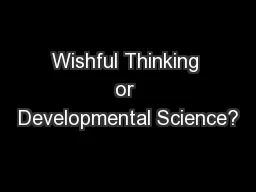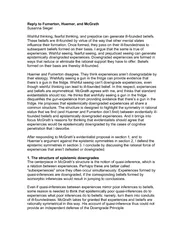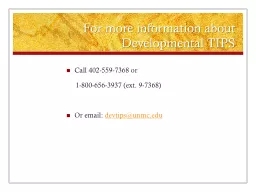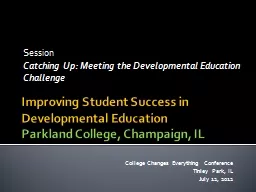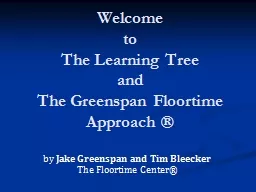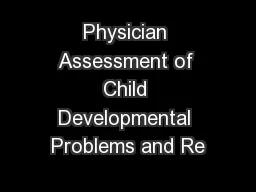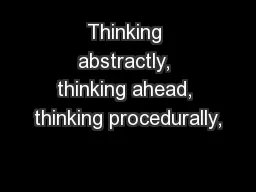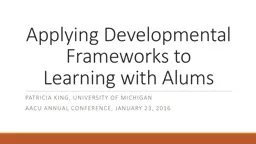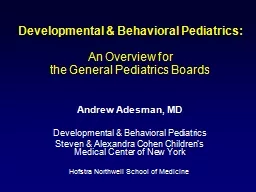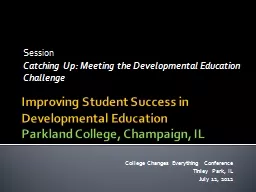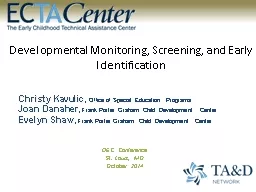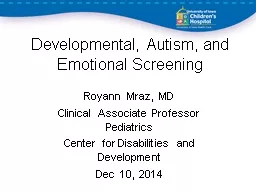PPT-Wishful Thinking or Developmental Science?
Author : alida-meadow | Published Date : 2017-07-06
Appropriate Measurement of Part C InfantToddler SocialEmotional Outcomes Taletha Derrington DaSy amp NCSI Pam Thomas Missouri Part C Catherine Hoelscher Utah
Presentation Embed Code
Download Presentation
Download Presentation The PPT/PDF document "Wishful Thinking or Developmental Scienc..." is the property of its rightful owner. Permission is granted to download and print the materials on this website for personal, non-commercial use only, and to display it on your personal computer provided you do not modify the materials and that you retain all copyright notices contained in the materials. By downloading content from our website, you accept the terms of this agreement.
Wishful Thinking or Developmental Science?: Transcript
Download Rules Of Document
"Wishful Thinking or Developmental Science?"The content belongs to its owner. You may download and print it for personal use, without modification, and keep all copyright notices. By downloading, you agree to these terms.
Related Documents

